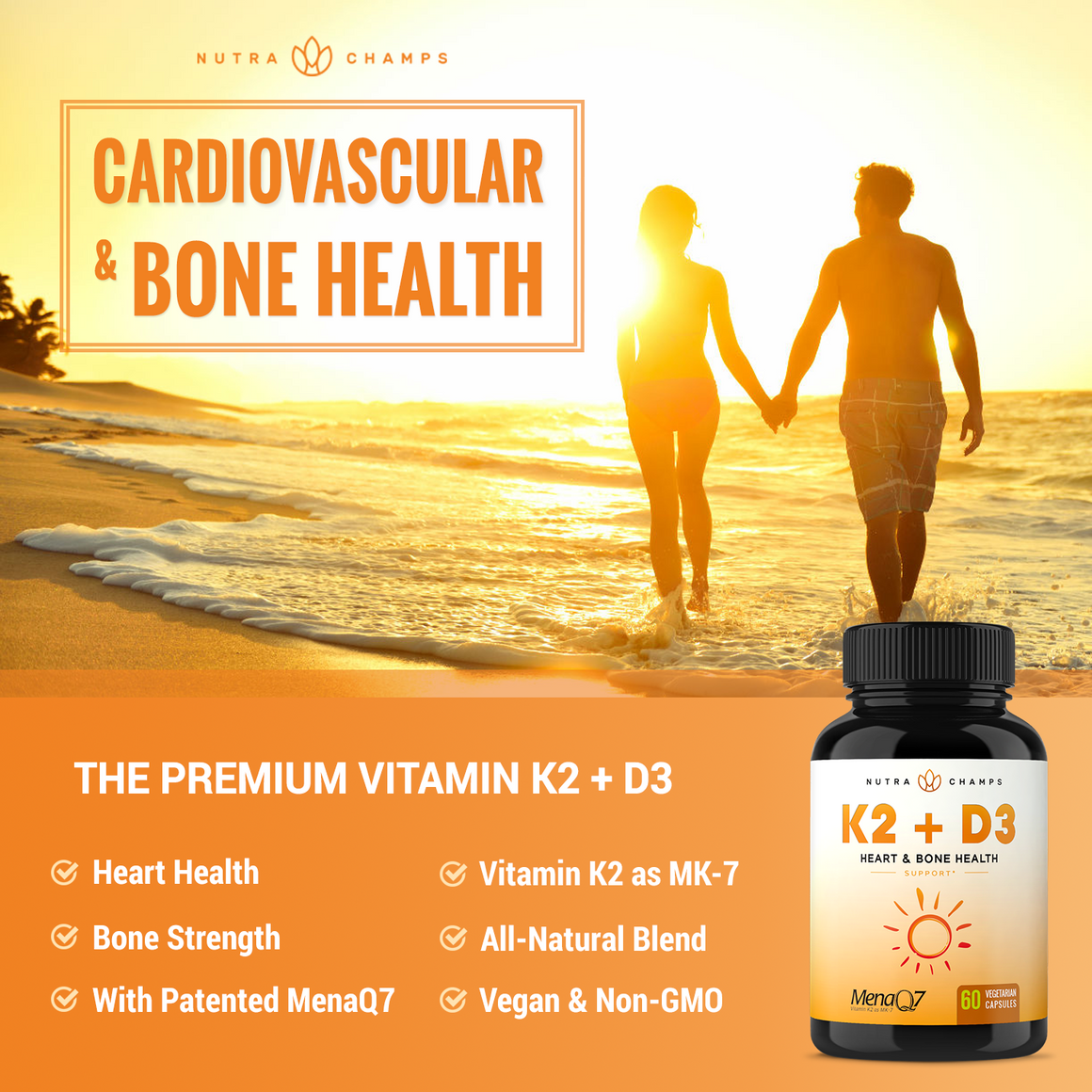

A number of clinical studies have investigated the effects of vitamin K on bone phenotypes. MK-7 has one of the longest half-lives of the menaquinones of approximately 3 days ( 6).Įpidemiological studies have found associations between serum ucOC and the risk of hip fracture in elderly women ( 7) and between low intake of vitamin K1 and risk of hip fracture in older men and women ( 8). In the western diet, vitamin K1 is the major contributor to vitamin K, whereas in Japan, fermented soy beans, Natto, rich in MK-7, is a major contributor to vitamin K. The menaquinones are divided into more than 10 subtypes based on the isoprenoid side chain, denominated MK-n. Vitamin K exists in several natural forms vitamin K1 (phylloquinone), synthesised by plants, and vitamin K2 (menaquinones), mainly synthesised by bacteria. Carboxylated osteocalcin (cOC) is believed to promote mineralisation of bone ( 5).

Vitamin K is a cofactor in the carboxylation of osteocalcin, and the availability of vitamin K controls the carboxylation of osteocalcin. Osteocalcin is a matrix protein produced by the osteoblasts in an undercarboxylated form. Postmenopausal women are especially at risk due to the rapid bone loss during and after menopause ( 3, 4).

Osteoporosis and the consequent increased risk of fractures is a major health problem in the western world, leading to morbidity, mortality and health costs ( 1, 2).


 0 kommentar(er)
0 kommentar(er)
